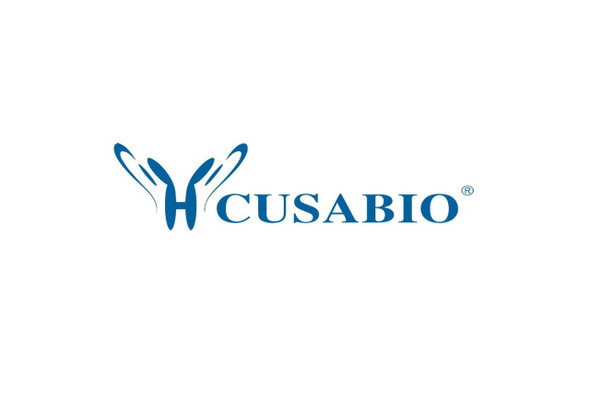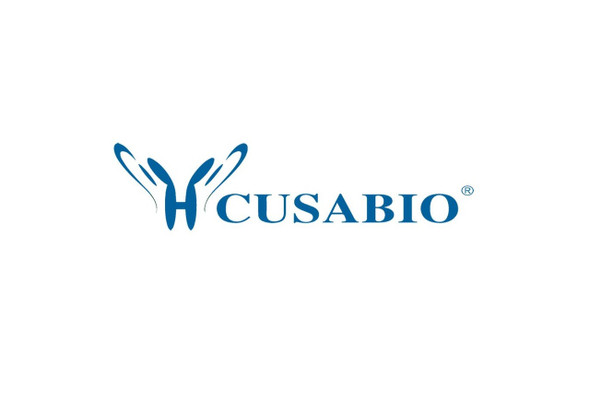Cusabio Macaca fascicularis Recombinants
Recombinant Macaca fascicularis Cathepsin K (CTSK) | CSB-EP006192MOV
- SKU:
- CSB-EP006192MOV
- Availability:
- 13 - 23 Working Days
Description
Recombinant Macaca fascicularis Cathepsin K (CTSK) | CSB-EP006192MOV | Cusabio
Alternative Name(s): CTSKCathepsin K; EC 3.4.22.38
Gene Names: CTSK
Research Areas: Others
Organism: Macaca fascicularis (Crab-eating macaque) (Cynomolgus monkey)
AA Sequence: APDSVDYRKKGYVTPVKNQGQCGSCWAFSSVGALEGQLKKKTGKLLNLSPQNLVDCVSENDGCGGGYMTNAFQYVQKNRGIDSEDAYPYVGQEESCMYNPTGKAAKCRGYREIPEGNEKALKRAVARVGPVSVAIDASLTSFQFYSKGVYYDESCNSDNLNHAVLAVGYGIQKGNKHWIIKNSWGENWGNKGYILMARNKNNACGIANLASFPKM
Source: E.coli
Tag Info: N-terminal 6xHis-tagged
Expression Region: 115-329aa
Sequence Info: Full Length of Mature Protein
MW: 27.5 kDa
Purity: Greater than 90% as determined by SDS-PAGE.
Relevance: Closely involved in osteoclastic bone resorption and may participate partially in the disorder of bone rodeling. Displays potent endoprotease activity against fibrinogen at acid pH. May play an important role in Extracellular domain matrix degradation .
Reference: Feild J.A., Brun K.A., McQueney M.S., Amegdazie B.Y.Submitted (JUN-1998)
Storage: The shelf life is related to many factors, storage state, buffer ingredients, storage temperature and the stability of the protein itself. Generally, the shelf life of liquid form is 6 months at -20?/-80?. The shelf life of lyophilized form is 12 months at -20?/-80?.
Notes: Repeated freezing and thawing is not recommended. Store working aliquots at 4? for up to one week.
Function: Closely involved in osteoclastic bone resorption and may participate partially in the disorder of bone remodeling. Displays potent endoprotease activity against fibrinogen at acid pH. May play an important role in extracellular matrix degradation (By similarity).
Involvement in disease:
Subcellular Location: Lysosome
Protein Families: Peptidase C1 family
Tissue Specificity:
Paythway:
Form: Liquid or Lyophilized powder
Buffer: If the delivery form is liquid, the default storage buffer is Tris/PBS-based buffer, 5%-50% glycerol. If the delivery form is lyophilized powder, the buffer before lyophilization is Tris/PBS-based buffer, 6% Trehalose, pH 8.0.
Reconstitution: We recommend that this vial be briefly centrifuged prior to opening to bring the contents to the bottom. Please reconstitute protein in deionized sterile water to a concentration of 0.1-1.0 mg/mL.We recommend to add 5-50% of glycerol (final concentration) and aliquot for long-term storage at -20?/-80?. Our default final concentration of glycerol is 50%. Customers could use it as reference.
Uniprot ID: P61276
HGNC Database Link: N/A
UniGene Database Link: UniGene
KEGG Database Link: KEGG
STRING Database Link: N/A
OMIM Database Link: N/A









